The Salad Oil Market is currently characterized by a dynamic competitive landscape, driven by increasing consumer demand for healthier cooking oils and the growing trend towards plant-based diets. Major players such as Cargill (US), Archer Daniels Midland (US), and Bunge Limited (US) are strategically positioned to leverage their extensive supply chains and innovative product offerings. Cargill (US) focuses on sustainability initiatives, aiming to reduce its carbon footprint while enhancing product quality. Meanwhile, Archer Daniels Midland (US) emphasizes technological advancements in oil extraction processes, which enhances efficiency and product yield. Bunge Limited (US) is actively pursuing regional expansion, particularly in emerging markets, to capitalize on the rising demand for salad oils. Collectively, these strategies contribute to a competitive environment that is increasingly focused on sustainability and innovation.
Key business tactics within the Salad Oil Market include localizing manufacturing and optimizing supply chains to enhance responsiveness to consumer preferences. The market structure appears moderately fragmented, with several key players holding substantial market shares. This fragmentation allows for a diverse range of products, catering to various consumer segments, while the collective influence of these major companies shapes market trends and pricing strategies.
In August 2025, Cargill (US) announced a partnership with a leading agricultural technology firm to develop a new line of organic salad oils. This strategic move is significant as it aligns with the growing consumer preference for organic products, potentially enhancing Cargill's market share in the premium segment. The collaboration is expected to leverage advanced agricultural practices, thereby improving yield and sustainability.
In September 2025, Archer Daniels Midland (US) launched a new digital platform aimed at streamlining its supply chain operations. This initiative is crucial as it enhances transparency and efficiency, allowing for better inventory management and reduced operational costs. The digital transformation reflects a broader trend within the industry towards integrating technology to meet evolving consumer demands.
In July 2025, Bunge Limited (US) expanded its production capacity in Southeast Asia by opening a new processing facility. This expansion is strategically important as it positions Bunge to better serve the growing demand for salad oils in the region, particularly among health-conscious consumers. The facility is expected to utilize state-of-the-art technology, further solidifying Bunge's competitive edge in the market.
As of October 2025, current competitive trends in the Salad Oil Market are increasingly defined by digitalization, sustainability, and the integration of artificial intelligence in production processes. Strategic alliances among key players are shaping the landscape, fostering innovation and enhancing supply chain reliability. Looking ahead, competitive differentiation is likely to evolve from traditional price-based competition towards a focus on innovation, technology adoption, and sustainable practices, reflecting the changing preferences of consumers.


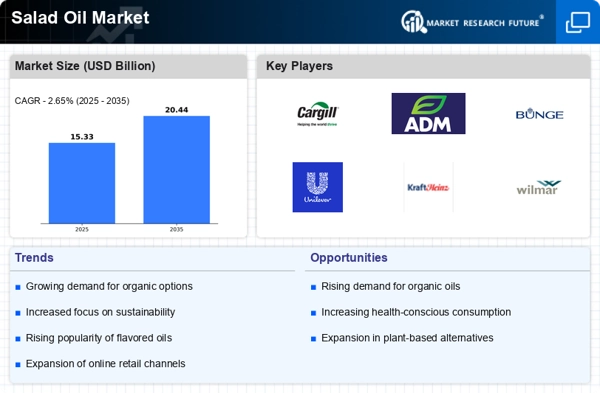
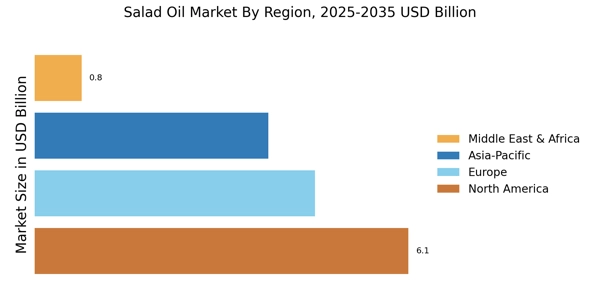
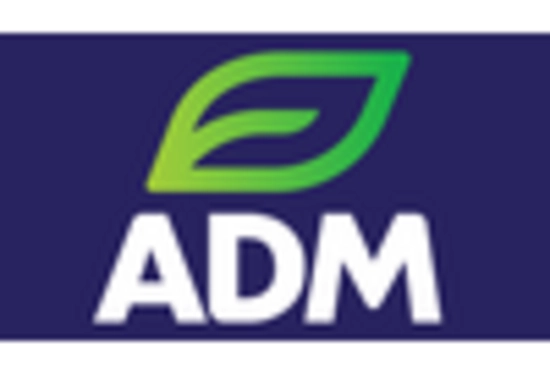
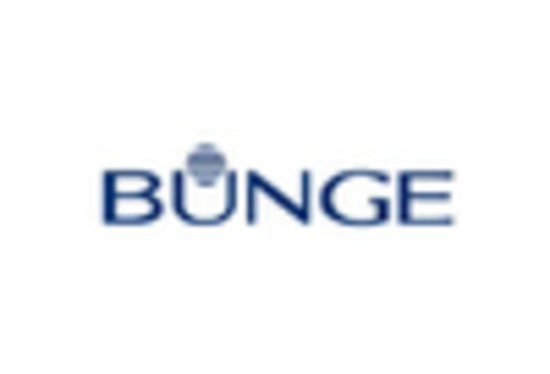

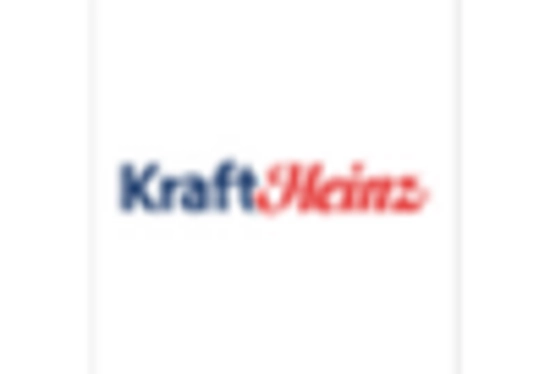

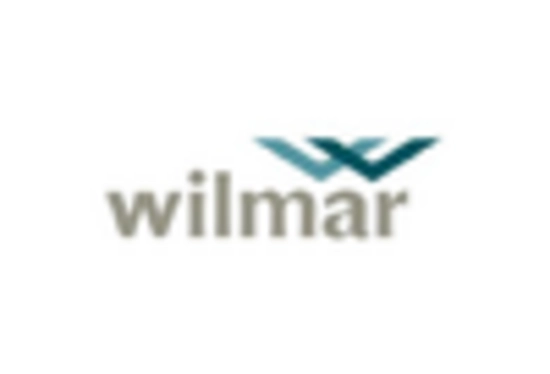








Leave a Comment